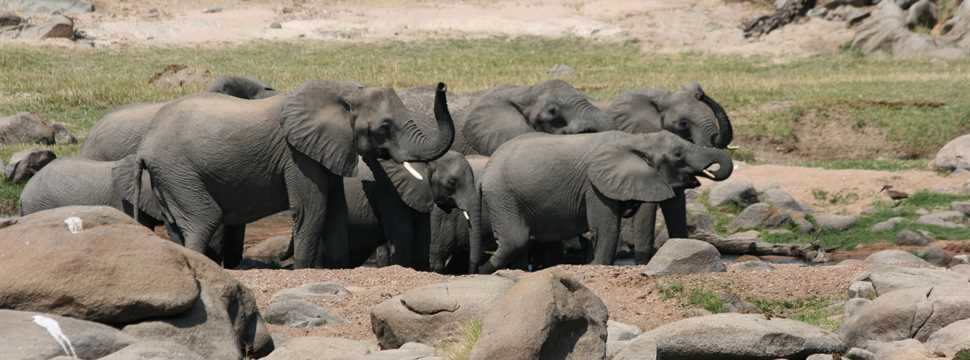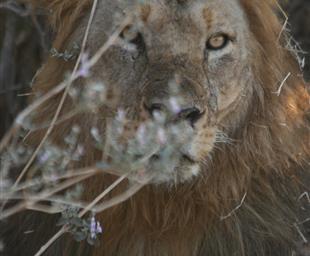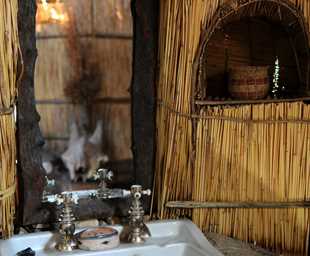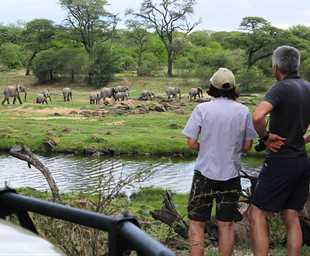
Jongomero Camp
Jongomero camp is situated on the banks of a seasonal sand river in the heart of Ruaha National Park...
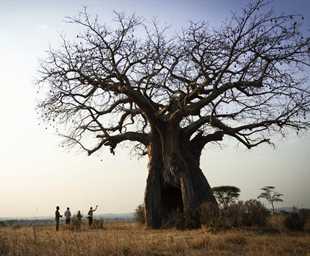
Kigelia Camp
Located in the best wildlife area of the great Ruaha National Park, Kigelia Ruaha is a simple tented bush camp offering all those creature comforts that you need while enjoying one of the best kept big game secrets in East Africa...
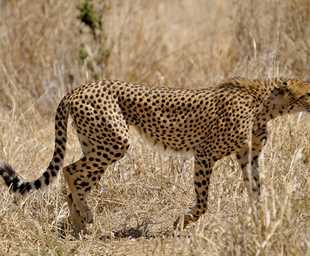
Kwihala Camp
Kwihala Camp is located in the northern part of the Ruaha National Park, near the Mwagusi sand river, on the edge of the escarpment in a beautiful and game rich area...
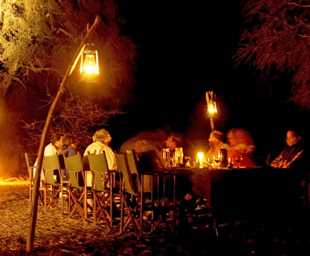
Mdonya Old River Camp
Mdonya Old River Camp lies in the Western part of Ruaha National Park. It is a small bush camp in one of the newest and perhaps most exciting bush destinations in Tanzania...


